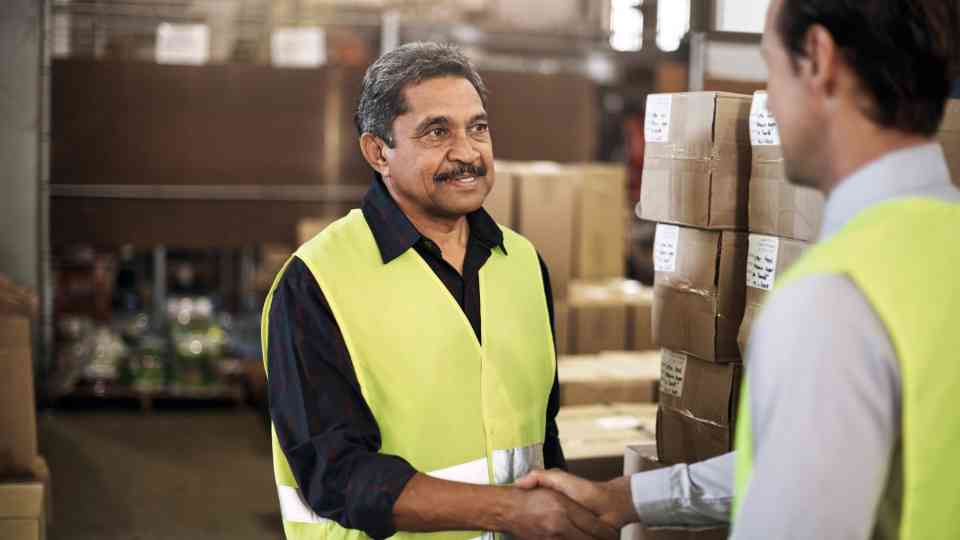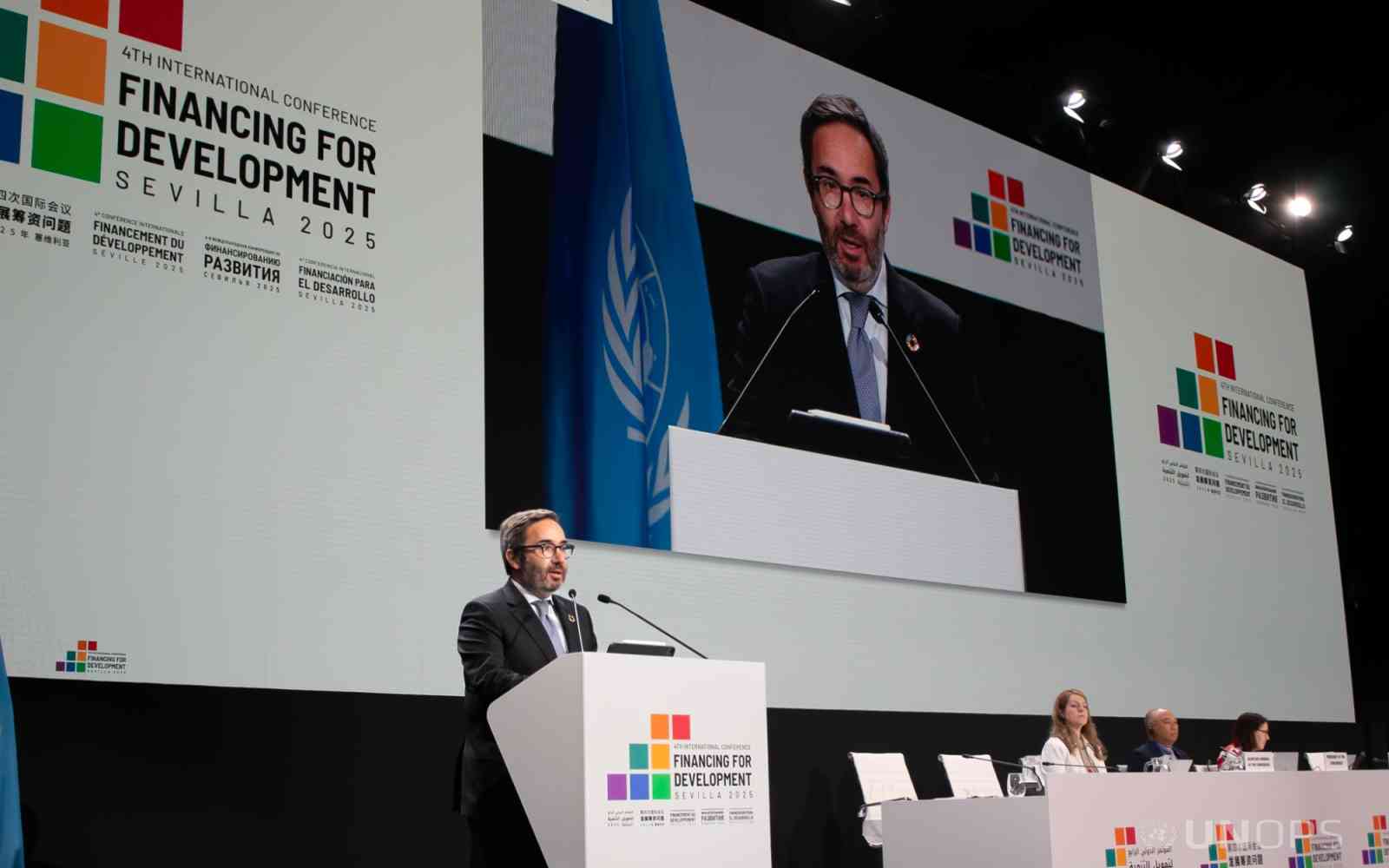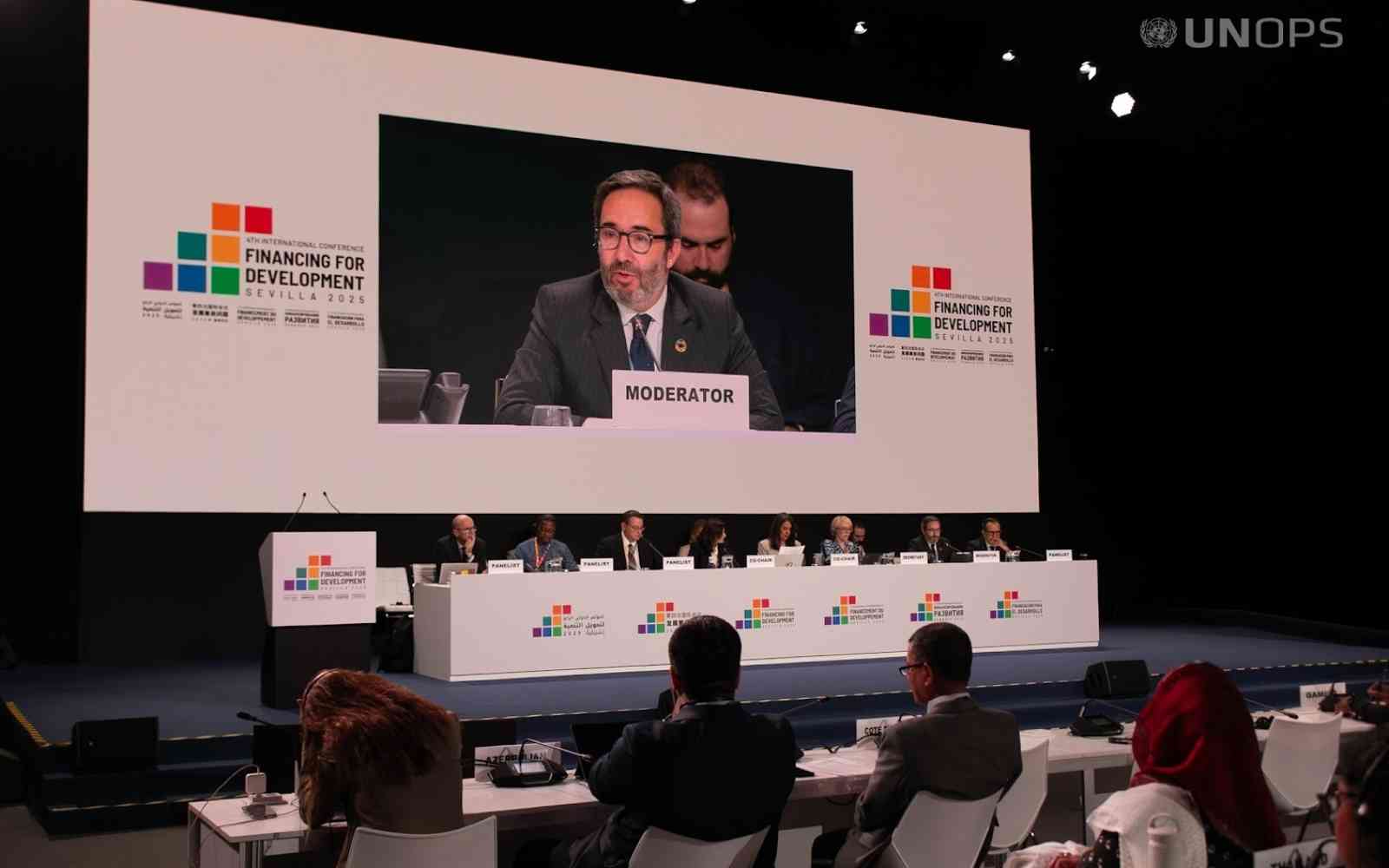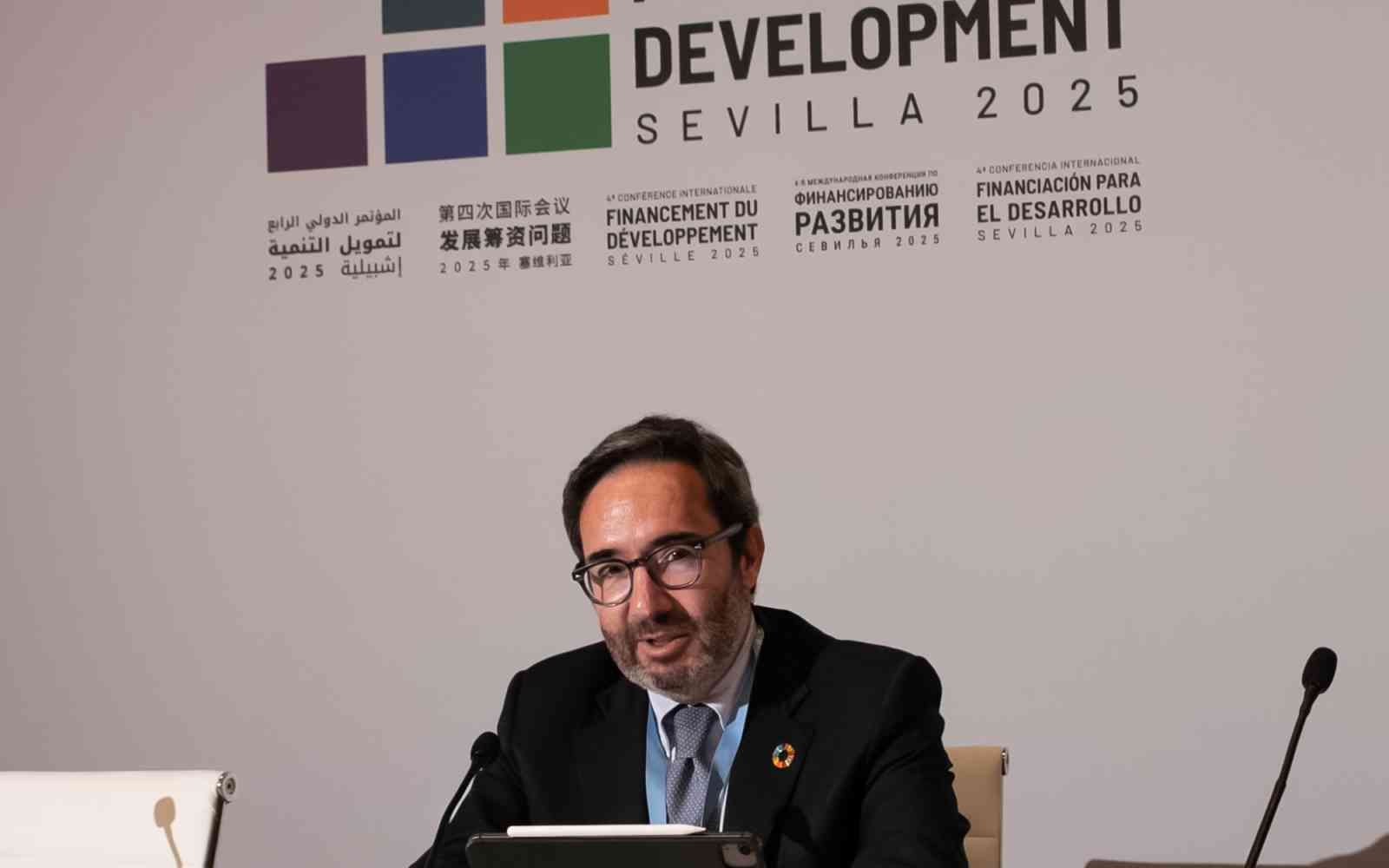The United Nations Office for Project Services (UNOPS)
Bridging the infrastructure gap
Opening remarks by Jorge Moreira da Silva, UN Under-Secretary-General and UNOPS Executive Director, at FfD4 side-event: 'Bridging the infrastructure gap – Leveraging lifecycle financing and asset management tools for sustainable, resilient and inclusive infrastructure services,' 4th International Conference on Financing for Development, 30 June 2025.
[Check against delivery]
Excellencies, distinguished guests, colleagues,
Good afternoon, and welcome to this important session on bridging the infrastructure gap.
Allow me to extend a sincere thank you to our partners the government of Kenya, UNEP and UN DESA for co-organizing this session.
Many communities still lack reliable infrastructure & it’s holding back development.
— Jorge Moreira da Silva (@UNOPS_Chief) June 30, 2025
At #FfD4, I called for an end to “build-neglect-rebuild” cycle.
We must shift to long-term planning, smart budgeting & lifecycle management. @UNOPS offers #PracticalSolutions to make it happen. pic.twitter.com/Sfz31ZAdRF
Infrastructure is central to our lives and our future.
It touches every aspect of human life, from the roads we drive on and the mobile networks that connect us, to the water we drink and the electricity that lights up our homes.
It connects people with services, provides opportunities, and protects lives and livelihoods.
In fact, our research together with the University of Oxford shows that infrastructure influences 92 per cent of all targets across the Sustainable Development Goals.
Infrastructure is also key to building resilience.
We find that it is responsible for 79 per cent of all greenhouse gas emissions and 88 per cent of all adaptation costs. Research by the Coalition for Disaster Resilient Infrastructure warns that up to 14 per cent of global GDP could be lost each year as a result of the impacts of natural hazards and climate change on infrastructure.
Simply, our infrastructure decisions today define our collective future.
We need urgent action to ensure infrastructure that is sustainable, inclusive and resilient.
***
UNOPS has a mandate in infrastructure. We support governments and development partners in planning, designing, and implementing infrastructure projects that are aligned with national priorities and the Sustainable Development Goals.
We know that infrastructure gaps are huge.
Countries face an estimated annual financing gap of $4 trillion to deliver sustainable development.
Of this amount, the largest needs are in energy, water and sanitation, while substantial investment is needed in transportation, telecommunication, food and agriculture, environmental sustainability and health.
Despite huge needs - there is also much waste. The IMF estimates that on average, countries waste about 1/3 of their infrastructure spending due to inefficiencies.
While governments focus heavily on new capital projects, existing infrastructure assets tend to get ignored.
This approach is politically short-sighted, and misplaced.
Only 15–25 per cent of infrastructure lifecycle costs are capital expenditures; the remaining 75–85 per cent relate to operations and maintenance over the asset’s lifespan.
Roads that flood after every downpour. Leaky and drafty homes. Broken solar panels on schools. Hospitals with state of the art equipment that no one knows how to use.
Examples abound of chronic underinvestment in the operation, maintenance, and long-term management of existing infrastructure assets.
A 'build-neglect-rebuild' cycle, which is unsustainable, costly and inefficient.
To break this cycle - as this session rightly highlights - we need to shift focus - from the short to to the long term. From upfront capital costs to a lifecycle approach. We need to plan, budget and manage infrastructure smartly - with sustainability in mind.
To do this we need to work together.
Governments need to take stock of the infrastructure assets they own.
Having a holistic approach is key - so that countries and regions can assess current needs and challenges, in order to map out the steps forward.
There are many ways in which this approach can support the mitigation and adaptation efforts of governments.
For example, infrastructure asset management can help governments identify the greatest sources of carbon emissions within their infrastructure systems. So they can make systematic changes to reduce them and achieve their Nationally Determined Contribution (NDC) targets.
Often, the most sustainable option available to governments to reduce emissions is to extend the life of existing assets by improving maintenance, refurbishing old assets and protecting them from a changing climate.
This will reduce the need for new construction - which involves carbon emissions.
Better performing infrastructure can also reduce technical losses to prevent unnecessary waste and financial loss.
By managing infrastructure assets better - communities can also increase their resilience to climate change and improve response to disasters, through scenario planning and better preparedness.
Good asset management also means asking ourselves whether or not a new infrastructure asset is even needed at all.
Instead of building concrete sea walls, can we not use nature-based solutions such as mangroves to resist storm surges?
Instead of building a new highway - can we not make public transport more efficient and accessible?
Beyond issues of sustainability and resilience - effective infrastructure asset management is also a financial imperative. In a context where the SDG gaps are huge but resources are limited, taking a holistic lifecycle finance approach is so critical. Every dollar counts and we cannot afford to get it wrong.
Getting it right - making those sound infrastructure investments - requires close collaborations.
It is really encouraging to see in the Compromiso de Sevilla such strong commitment to this matter. To “support national and local governments to prioritize and strengthen their policies, strategies, and practices to implement effective infrastructure asset management and development over the lifecycle of assets and mobilize revenues as appropriate.”
Together with our partners such as the UN Department of Economic and Social Affairs and the UN Environment Programme, we are supporting governments to improve the quality, performance and value of their infrastructure systems, while minimizing lifecycle costs and risk.
As part of this effort, we have been developing new tools and practical approaches to support governments to improve their enabling environments and build their institutional capacity to plan, deliver and manage their infrastructure systems.
I know that my colleagues will outline these approaches in more detail - during today’s session.
I look forward to these conversations.
Together, we can make infrastructure decisions that lay the foundation for opportunity, resilience, and dignity for generations to come.
Thank you.










